Beginner's Guide: Screwdriver Basics for Confident
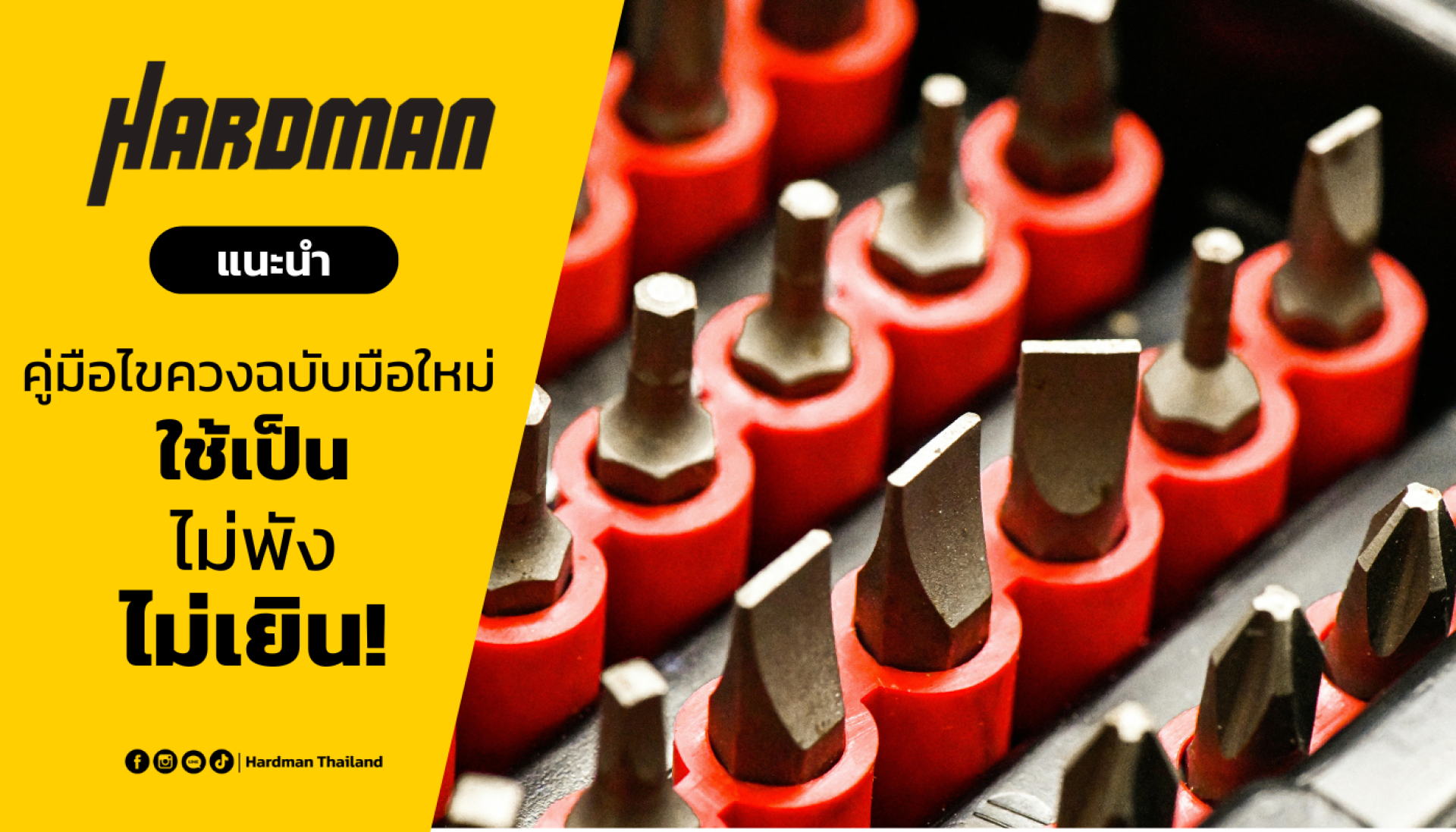
Ever stared at a collection of nuts and screws, wondering which tool to grab? That familiar friend, the screwdriver, is your hero! But did you know there's more than just one type? Each screwdriver is designed with a specific purpose in mind. This article will introduce beginners to the world of screwdrivers, from the different types available to how to choose the right one for the job. By the end, you'll be able to pick up any screwdriver with confidence, knowing you won't strip those screw heads! Let's get to know this essential tool for every handyman.
The main parts of a screwdriver are as follows
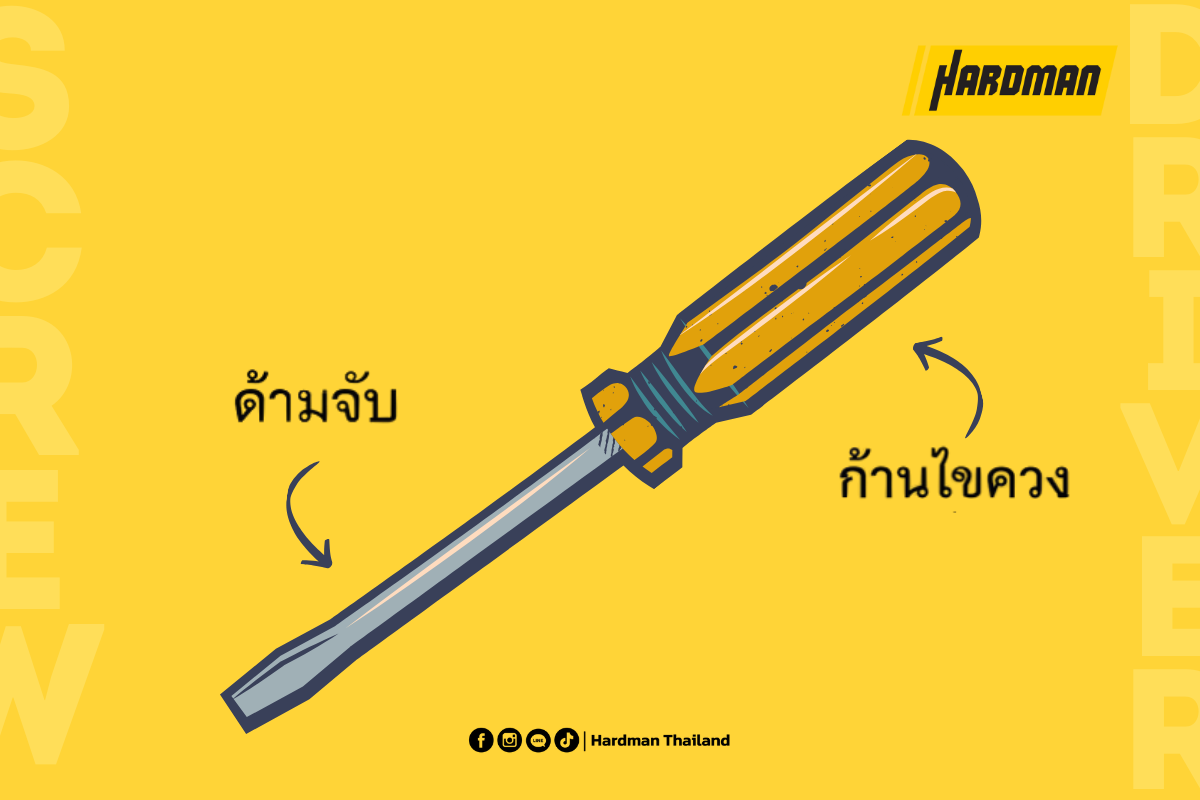
Shank (or Blade) - This is the long, connecting part of the screwdriver that extends from the handle. Its job is to transfer the turning force (torque) to the screw head. The very end of the shank has a specific shape called the tip (or head), designed to fit different types of screw heads.
Handle (or Grip) - This is the part you hold with your hand. It's designed to be comfortable, non-slip, and allow you to apply torque and control the direction of rotation effectively. Handles come in various materials and shapes to suit different uses and user comfort.
Here are 6 basic types of screwdrivers every beginner should know
1. Slotted Screwdriver (Flathead)
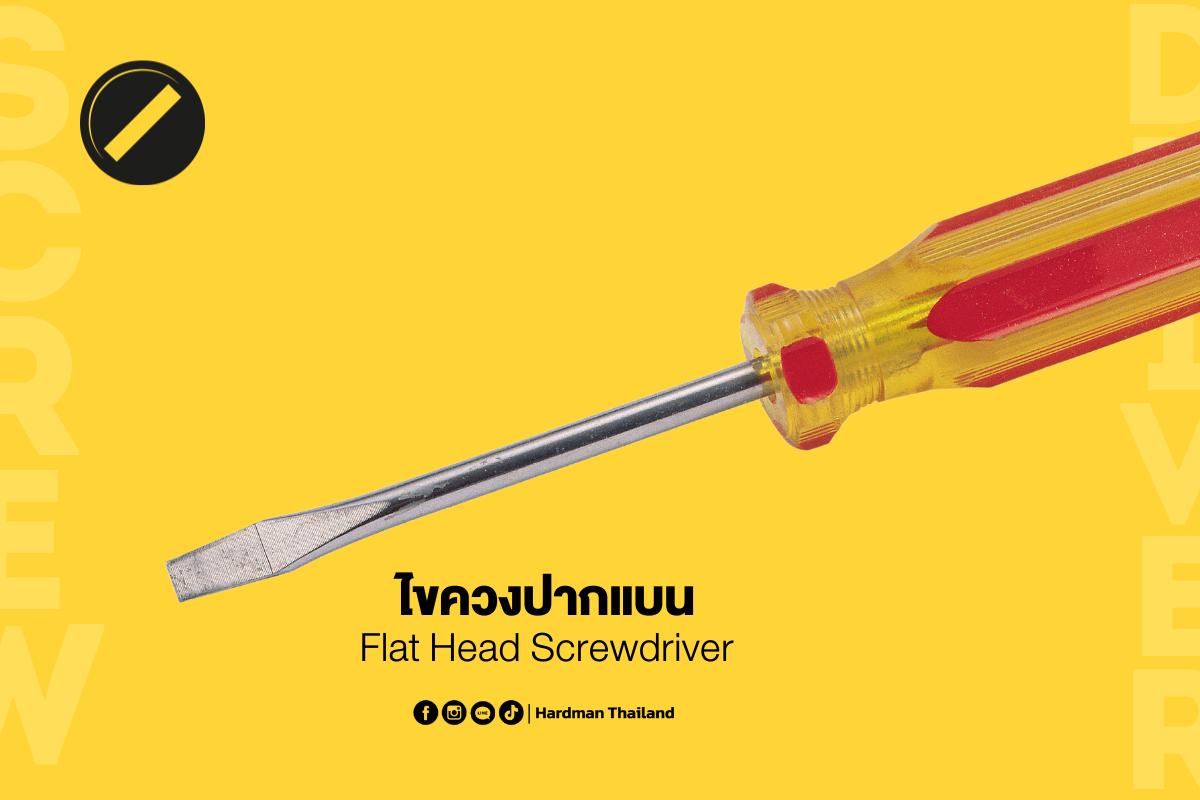
Think of a screw with a single, straight slot across its head. That's the partner for the slotted screwdriver! Even though it's one of the earliest screwdriver designs, it still plays a role in many DIY tasks.
When to Use Suitable for screws with a straight slot, often found in older woodworking projects, antique furniture, or applications where high torque isn't required, like fastening thin pieces of wood. In an emergency, a larger flathead screwdriver might work on a large Phillips head screw, but be very careful not to damage the screw.
When Not to Use Not ideal for high-torque applications or screws requiring precise turning, as it can easily slip. Avoid using it on Phillips head screws, as it will likely damage the screw head.
2. Phillips Screwdriver (Crosshead)

If you've ever assembled flat-pack furniture or repaired household appliances, you've definitely encountered Phillips (+) head screws. The Phillips screwdriver is designed to fit snugly into the cross-shaped recess on these screw heads, allowing for a secure grip and good torque transfer.
When to Use Your primary choice for assembling furniture, installing or repairing household appliances, working with electronics, and general DIY projects using Phillips head screws.
When Not to Use Never use it on other screw head types like slotted, hex, or Torx, as it won't grip properly and can damage both the screwdriver and the screw head. Also, using a Phillips screwdriver that's too small for the screw can strip the screw head.
3. Pozidriv Screwdriver (A Special Type of Phillips)

This is a specialized type of screwdriver developed further from the standard Phillips screwdriver. A key visual difference is that, besides the familiar cross-shaped tip, you'll notice additional smaller ribs located between the main four arms of the cross.
When to Use Employ a Pozidriv screwdriver when you encounter screws marked with the "PZ" symbol or when you can clearly see these extra, smaller ribs on the screw head. It's particularly well-suited for tasks requiring high tightening torque and where minimizing slippage (cam-out) is crucial, such as assembling European furniture and working with wood that demands a very strong and secure fastening.
When Not to Use Avoid using a Pozidriv screwdriver on standard Phillips head screws. The extra ribs on the Pozidriv tip won't align correctly with the Phillips screw, leading to a poor fit that can damage both the screw head and the screwdriver tip. Similarly, it should not be used with any other screw head types like slotted, hex, or Torx.
4. Hex Screwdriver (Allen)

Hex head screws, often called "Allen screws," require a tool with a hexagonal end that fits precisely into the hexagonal recess on the screw head. That's where the hex screwdriver (or Allen wrench) comes in. These screws often require higher tightening torque than standard screws.
When to Use Best for assembling furniture that uses hex bolts, adjusting or repairing bicycles (like seat posts and handlebars), installing or maintaining machinery, and assembling certain parts in cars and motorcycles.
When Not to Use Absolutely do not use it on any other type of screw head. If the hex screwdriver size doesn't fit the recess perfectly, it will likely strip the screw head, making it impossible to tighten or loosen.
5. Torx Screwdriver (Star)


Notice screws with a six-pointed star-shaped head? That's a Torx screw. Torx screwdrivers are designed to fit these heads, providing excellent grip, reducing slippage, and allowing for high torque application.
When to Use: Commonly found in electronics (like computers and smartphones), automobiles (especially in safety-critical areas), and some appliances. Also used in applications requiring precise tightening.
When Not to Use: Cannot be used on other screw head types. It's crucial to select the correct Torx size (indicated by a "T" followed by a number) to match the screw head. Using the wrong size can easily damage the screw head.
Standard Torx For regular Torx screws.
Security Torx For Torx screws with a center pin (tamper-proof).
6. Multi-bit Screwdriver

For beginners who aren't yet familiar with various screw types or who want the convenience of carrying a single tool, a multi-bit screwdriver set is a great option. It consists of one handle and a variety of interchangeable bits, including flathead, Phillips, hex, Torx, and more.
When to Use Ideal for general DIY tasks, small repairs around the house where you might encounter different screw types, or when you need the flexibility of quickly changing screwdriver heads.
When Not to Use May not be suitable for high-torque applications or very large screws, as the connection between the bit and the handle might not be as strong as a dedicated, single-piece screwdriver.
Cordless Screwdrivers
For beginners, cordless screwdrivers are highly recommended. They eliminate the hassle of dealing with the seemingly endless variety of screw head types and the frustration of choosing the wrong, ill-fitting screwdriver, which often leads to projects not going smoothly and even risks damaging the screw heads.
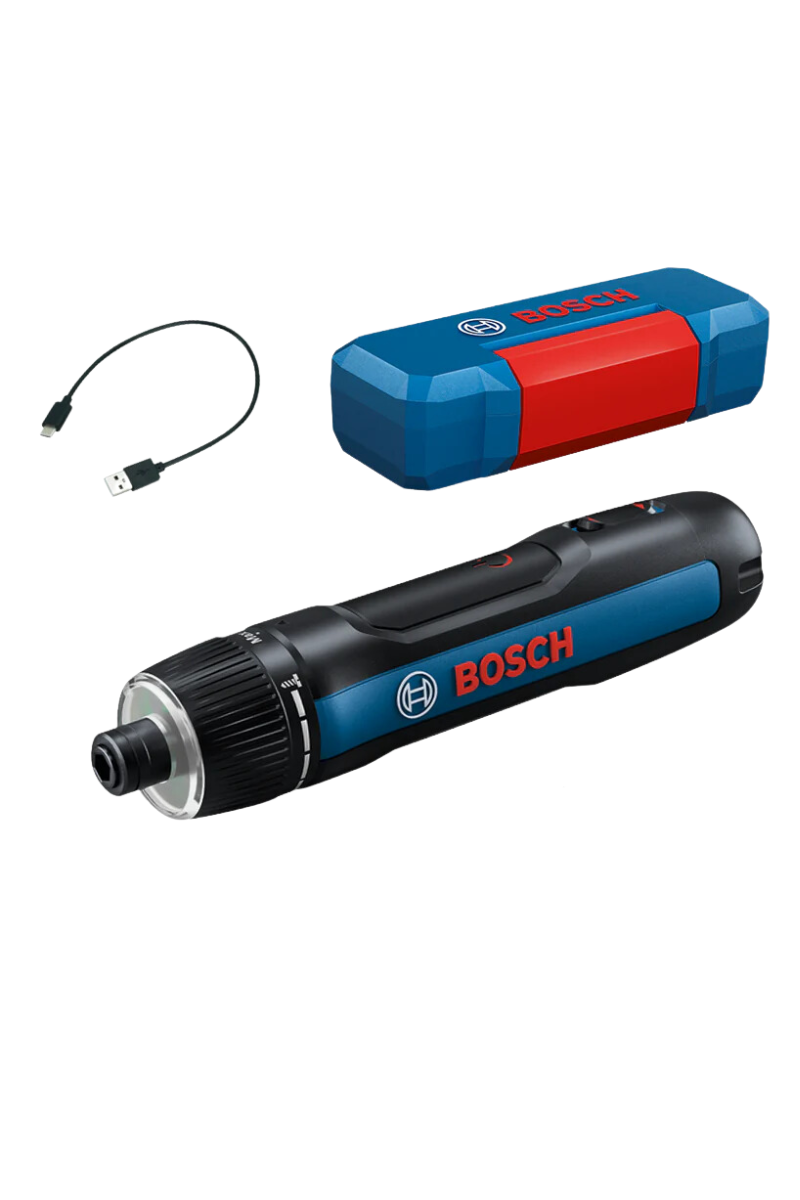 |
Cordless screwdriver 3.6V BOSCH GO KIT GEN 3
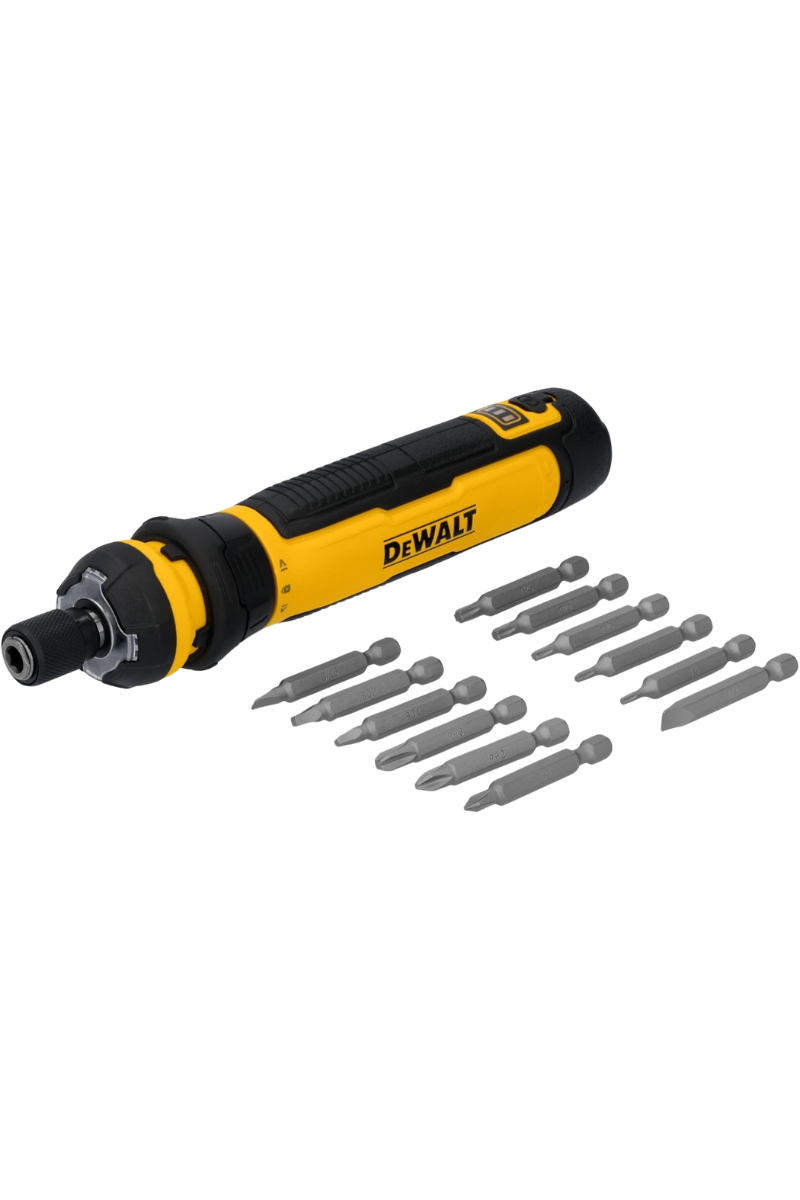 |
Cordless screwdriver 4V DEWALT model DWHT66719![]()
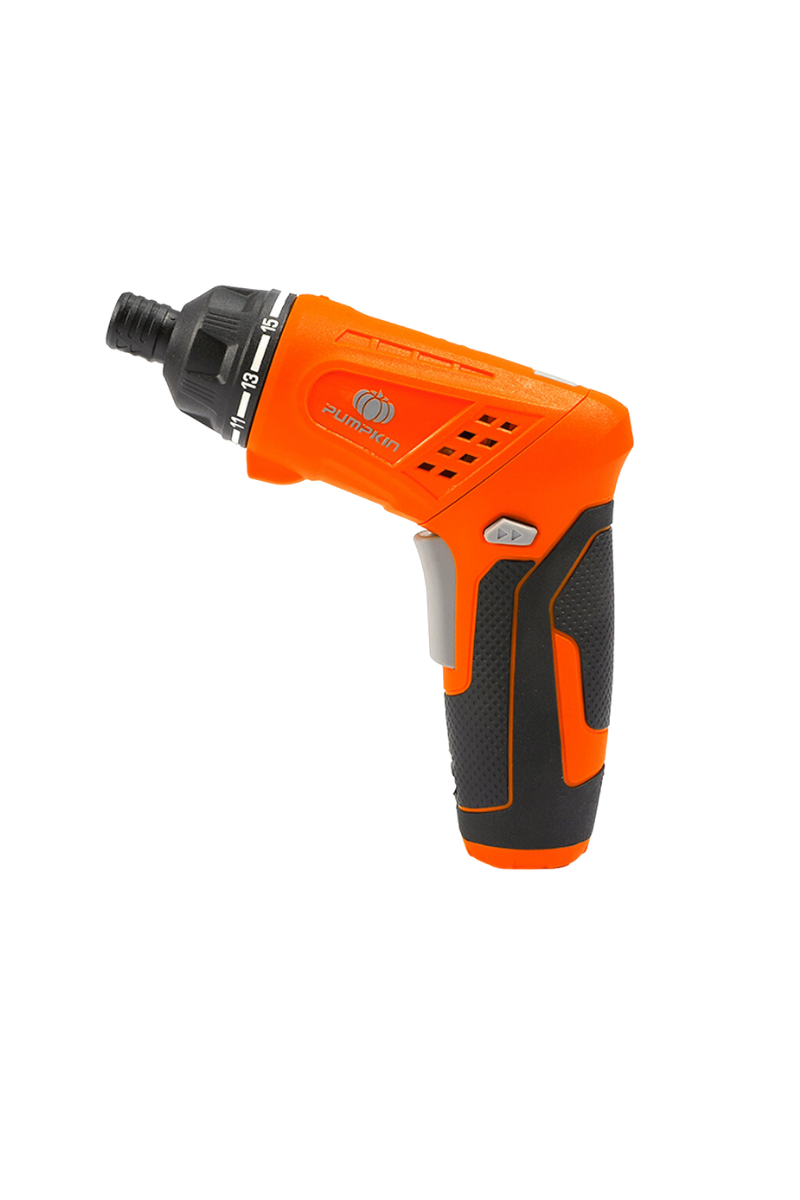 |
Conclusion for Beginners
Choosing the right screwdriver type and size for the screw head, along with considering the nature of the task, is fundamental for efficient and safe DIY work. Understanding the characteristics and uses of these 5 basic screwdriver types will empower beginners to start their projects with confidence and avoid the frustration of using the wrong tool.


